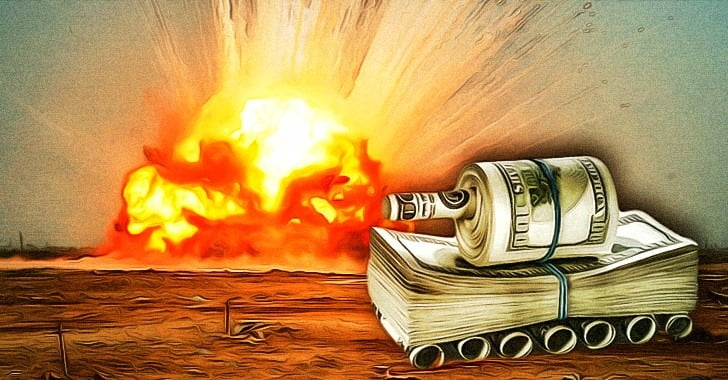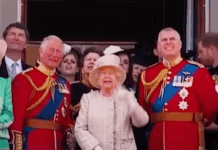
By Jessica Corbett,
Global military spending reached its highest level since the records began two decades ago, according to a new analysis released Monday—an increase led by the United States and China.
The Stockholm International Peace Research Institute (SIPRI) revealed in its latest annual report that countries around the world collectively poured $1.82 trillion into their militaries in 2018, a 2.6 percent rise from the previous year. Together, the top two spenders, the United States and China, accounted for about half of all spending.
“The increase in U.S. spending was driven by the implementation from 2017 of new arms procurement program under the Trump administration,” Aude Fleurant, director of SIPRI’s Arms and Military Expenditure (AMEX) program, said in a statement.
At $649 billion, US🇺🇸 military spending increased for the first time in 7 years by 4.6% in 2018. The US🇺🇸 remained the largest spender in the world, accounting for 36% of global military spending.
Read more in SIPRI’s Fact Sheet: https://t.co/vkhLyUZ155#MILEX #GDAMS pic.twitter.com/vARyNPwYiR
— SIPRI (@SIPRIorg) April 29, 2019
Disclaimer: We at Prepare for Change (PFC) bring you information that is not offered by the mainstream news, and therefore may seem controversial. The opinions, views, statements, and/or information we present are not necessarily promoted, endorsed, espoused, or agreed to by Prepare for Change, its leadership Council, members, those who work with PFC, or those who read its content. However, they are hopefully provocative. Please use discernment! Use logical thinking, your own intuition and your own connection with Source, Spirit and Natural Laws to help you determine what is true and what is not. By sharing information and seeding dialogue, it is our goal to raise consciousness and awareness of higher truths to free us from enslavement of the matrix in this material realm.
 EN
EN FR
FR

























